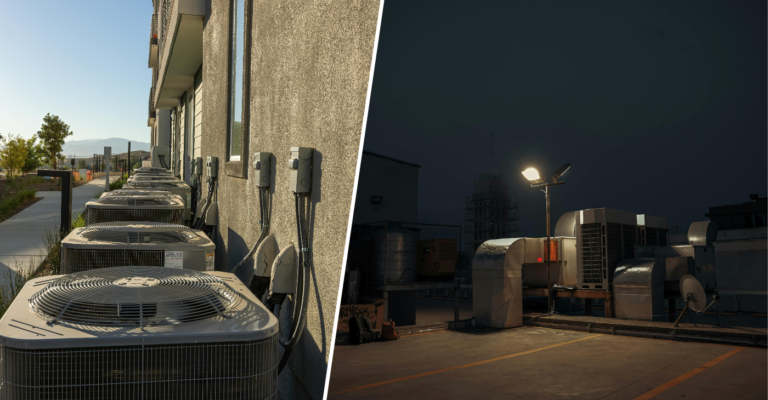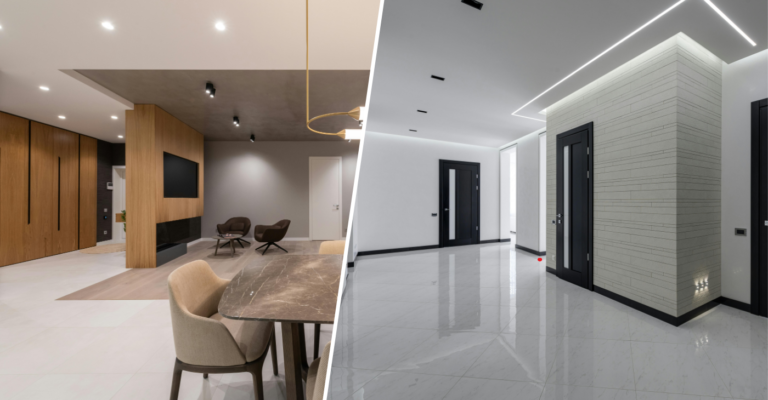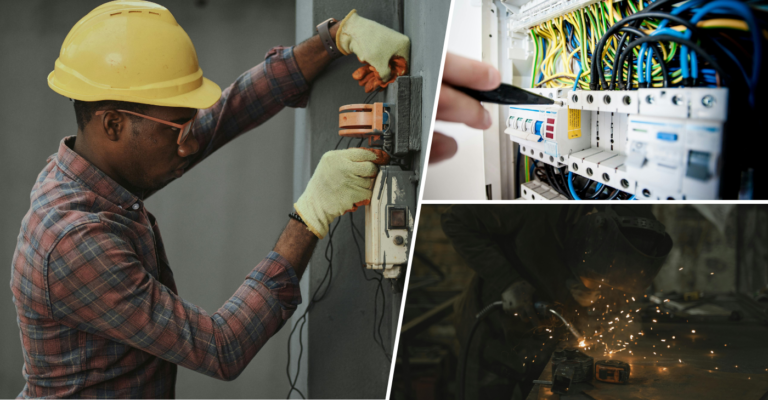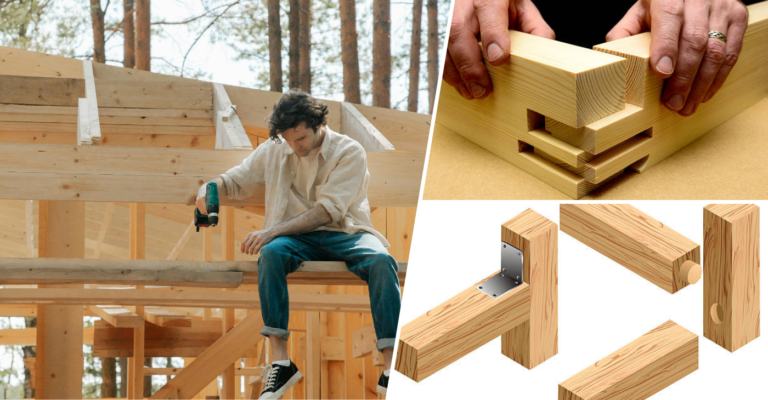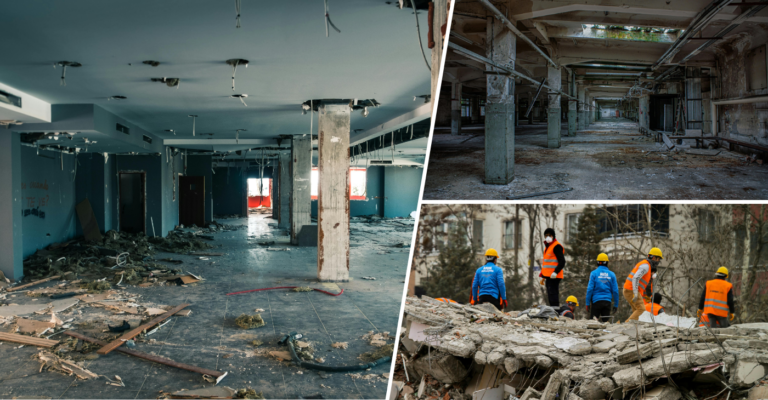How to achieve a professional smooth finish with multi finish plaster
Achieving a flawless finish with multi finish plaster is a fundamental skill for professional plasterers and serious DIYers alike. Whether you’re working on plaster wall finishes for a renovation or perfecting a finish plaster coat on a new surface, using the right techniques and tools ensures a polished result will significantly impact the quality of your results. This guide outlines the essential steps, trade secrets, and best practices for achieving a smooth, polished finish.
What is multi finish plaster?
Multi finish plaster is a high-quality finishing plaster used as a plaster finish coat over plasterboard, bonding plaster, or undercoat plaster. It creates a smooth plaster finish that is perfect for painting, wallpapering, or decorative treatments. Its versatility allows it to adhere to various surfaces, including brick, concrete, and gypsum-based boards, making it an essential material in construction.
Types of multi finish plaster
Multi finish plaster comes in different types for various surfaces and needs.
- Standard finish plaster – Works on plasterboard and undercoats. Creates a smooth and durable surface.
- High-impact finish plaster – Tough and damage-resistant. Ideal for high-traffic areas.
- Fast-setting finish plaster – Dries quickly, saving time. Great for fast-paced projects.
- Moisture-resistant finish plaster – Designed for humid spaces like bathrooms and kitchens. Prevents water damage.
- Venetian plaster – Adds a stylish, polished look. Gives walls a marble-like texture.
Essential tools and materials
Before you begin, ensure you have the right tools and materials to achieve a professional-grade finish:
- Multi finish plaster (25kg bag) – Provides a fine finish plaster for walls.
- Plastering trowel – Essential for applying and smoothing plaster finishing coats.
- Board finish plaster – Works well with multi-finish plaster for an even application.
- Hawk board – Holds plaster multi finish during application.
- Mixing drill with paddle attachment – Ensures a smooth, lump-free multi finish plaster mix.
- Bucket and clean water – For mixing and cleaning tools.
- Plastering sponge or brush – Helps control moisture for a polished plaster finish.
- Jointing knife – Useful for detailed finish plastering work in corners.

Advantages of multi-finish plaster
Versatile application – Multi-finish plaster works on various substrates like plasterboard, bonding coats, and sand and cement undercoats. It feathers seamlessly at edges, reducing visible joints or imperfections.
Superior workability – It has excellent troweling properties, making it easy to apply. The plaster remains workable long enough for smooth finishing but sets efficiently.
Consistent setting time – It sets in about 30–45 minutes. This allows for systematic layering without rushing or causing drag. It helps maintain a steady workflow.
High adhesion properties – Multi-finish bonds well with properly prepared surfaces. It works efficiently over undercoats like British Gypsum Bonding or HardWall plaster. This reduces the risk of de-bonding or delamination.
Gap filling and smooth finish – Its dense consistency helps seal minor surface flaws like hairline cracks. It provides a polished, durable surface with no need for sanding before painting.
Acoustic benefits – It improves soundproofing when used over plasterboard. The added mass resists airborne noise transmission. This is beneficial for partition walls and ceilings.
Disadvantages of multi-finish plaster
Moisture sensitivity – It is not designed for damp areas. Prolonged exposure to moisture can weaken its adhesion and cause blistering or softening. Use moisture-resistant alternatives in wet environments.
Not suitable for frozen backgrounds – It should not be applied to frozen or very cold surfaces. Low temperatures can prevent proper setting and weaken adhesion. Always apply in conditions above 5°C.
Thermal constraints – Multi-finish plaster should not be exposed to temperatures above 49°C. High heat or dry conditions can cause rapid moisture loss, leading to premature setting and hairline cracks. Light misting or temperature control can prevent this issue.
How to achieve a smooth finish?
- Prepare the surface
A clean and well-prepared surface ensures better adhesion. Remove any loose debris, dust, or grease. If you’re plastering over an old wall, apply a PVA bonding agent (polyvinyl acetate) bonding agent mixed with water to help the new plaster adhere properly. - Mix the multi finish plaster
Follow the manufacturer’s guidelines for the multi finish plaster mix ratio. Gradually add multi-finish plaster to water while stirring with a mixing drill until achieving a creamy consistency. - Apply the first coat
Use a plastering trowel to scoop up the plaster from the hawk board and apply plaster smooth finish to the wall in smooth, even strokes. The first coat should be around 2mm thick. Work from the top down, keeping the strokes consistent to avoid uneven finish plaster coat. - Smooth and level the plaster
Once the first coat starts to firm up slightly, go over it with the trowel at a slight angle to smooth out any ridges. Avoid pressing too hard, as this can pull plaster off the wall. - Apply the second coat
After the first coat becomes tacky (but not dry), apply a second finishing skim plaster coat of around 1mm thickness. Use long, sweeping strokes to cover the surface evenly. This layer refines the smoothness of the finish. - Final troweling for a polished look
As the second coat starts to set, go over the surface with a damp trowel, using light pressure to further smooth out imperfections. You can also use a plastering sponge to gently dampen the surface and polish it for a sleek, professional finish. - Allow the plaster to dry
Plaster needs to dry thoroughly before painting or wallpapering. Let it cure for at least 24-48 hours. The drying time may vary depending on temperature and humidity.
Material calculations for plastering
Accurately estimating the amount of plaster required is crucial for efficient project planning and cost management. Here’s how to calculate the quantity of multi finish plaster needed:
- Measure the surface area
Calculate the total area to be plastered by multiplying the height and width of each wall or ceiling section. For example, a wall measuring 3 meters in height and 4 meters in width has a surface area of 12 square meters. - Determine plaster coverage
According to industry standards, a 25kg bag of multi finish plaster covers approximately 10 square meters at a thickness of 2mm. This coverage can vary based on the surface’s condition and the plasterer’s technique. - Calculate the number of bags needed
Divide the total surface area by the coverage per bag to determine the number of bags required. For instance, if you have 50 square meters to plaster:- Total surface area: 50 square meters
- Coverage per bag: 10 square meters
- Number of bags needed: 50 ÷ 10 = 5 bags
- It’s advisable to purchase an extra bag to account for any waste or unexpected variations in surface texture.
How to fix the common issues?
Fixing common plastering issues starts with finding the cause. Use proper surface prep, control drying, and apply plaster correctly. This helps prevent cracks, bubbling, and uneven finishes.
Plaster cracking
Cracks happen when plaster is too thick or dries too fast. If the first coat is more than 2mm or the second coat over 1mm, shrinkage cracks can appear. Fast drying, caused by high temperatures or strong airflow, also leads to cracks. Keep the room at a moderate temperature and lightly mist the surface with water if needed. For small cracks, use a jointing compound or a thin skim coat before painting.
Rough texture
A rough finish usually comes from bad trowel technique or thick, lumpy plaster. Always mix plaster to a smooth, creamy consistency. Use long, even strokes with a stainless-steel trowel, keeping it at a slight angle. Trowel the plaster when it’s firming up-not too soon and not too late. Overworking can create shiny, uneven patches. If the plaster dries rough, lightly sand it or use a wet sponge float before decorating.
Bubbling
Bubbles mean poor adhesion, often due to a dry or dusty surface. If the wall soaks up moisture too fast, the plaster won’t stick properly. Always seal porous walls with a PVA and water mix (3:1 ratio). If bubbles appear while working, press them down with the trowel. If they show up after drying, sand the area and apply a thin, fresh coat of plaster. In severe cases, a bonding primer or undercoat plaster is needed before reapplying multi-finish.
Uneven finishes
If plaster dries with uneven color patches, streaks, or rough spots, light sanding or re-skimming may be necessary. Avoid over-troweling, which can cause shiny, uneven patches.

How do professionals achieve a flawless plaster surface?
Mastering advanced plastering techniques can elevate the final look of your walls. These methods enhance durability, create a flawless finish, and add decorative appeal. Some key techniques include:
Burnishing for a polished look
Burnishing makes plaster look smooth and shiny, like polished stone. To do this, wait until the plaster is slightly damp but not too wet. Then, glide a clean trowel over the surface in overlapping strokes. Timing is important. If you do it too soon, the plaster will smudge. If you wait too long, it will dry unevenly. For the best results, some professionals mist the surface lightly before the final polish.
Venetian plaster for a decorative finish
Venetian plaster is a stylish finish that looks like polished marble. It’s made by applying several thin layers of plaster mixed with marble dust. After each layer, use a trowel to smooth the surface. Once dry, polish it to create depth and shine. A final wax coat can be applied for extra protection. This finish is perfect for adding a high-end touch to walls.
The essential safety measures for plastering
Plastering can be messy and hazardous. Follow these safety steps to protect yourself:
- Wear protective gear – Use a dust mask, safety goggles, and gloves to avoid inhaling dust or irritating your skin.
- Keep your workspace ventilated – Open windows or use fans to reduce dust in the air.
- Handle materials carefully – Store plaster in a dry place to prevent clumping. Always add plaster to water (not the other way around) when mixing.
- Use ladders and scaffolds safely – Make sure they are stable. Move them instead of stretching too far.
How to waterproof plaster in wet areas
Plaster absorbs moisture, so extra protection is needed in kitchens and bathrooms. Here’s how to make it last:
- Apply micro cement coatings – This thin, waterproof layer protects plaster from water damage.
- Use epoxy sealers – These create a non-porous barrier, making plaster resistant to moisture.
- Seal with a waterproof primer – Before painting or tiling, apply a primer to prevent water from seeping in.
- Check for damage regularly – Look for cracks, bubbles, or discoloration. Fix problems early to avoid bigger issues.
Pro tips for a perfect plaster job
Want to work faster and get a flawless finish? Follow these expert tricks:
- Keep your trowel clean – Any dried plaster on it can leave marks.
- Work in sections – Plaster dries quickly, so focus on one area at a time.
- Feather the edges – Smooth out the edges so the plaster blends in perfectly.
- Use good lighting – Shine a light at an angle to spot any imperfections.
- Time your trowel passes – Work the plaster while it’s still soft, but don’t overwork it.
Plaster showering for a smooth finish
Plaster showering is a crucial step in achieving a flawless and durable finish. It involves lightly misting or dampening the plaster surface at specific stages to control moisture levels. This process prevents cracks, helps with smooth application, and enhances the final polish.
Why is plaster showering important?
- If plaster dries too quickly, it can crack or become brittle. Light misting keeps it workable for longer.
- A slightly damp surface allows fresh plaster layers to bond better, reducing the risk of peeling.
- Showering softens the surface, making it easier to trowel and remove imperfections.
- Moistening the surface helps eliminate trapped air, preventing unsightly blisters in the finish.
- When applying decorative finishes like Venetian plaster, showering makes polishing easier and results in a glossy, polished look.
How to do it correctly?
- Use a fine mist spray bottle or damp sponge.
- Apply light moisture—not too much, or the plaster can weaken.
- Shower in stages, depending on how fast the plaster is setting.
- Avoid over-wetting, which can cause streaks or uneven drying.
Summary – Achieve a smooth finish with multi finish plaster
Achieving a smooth finish with multi finish plaster takes patience and the right techniques. Proper surface preparation and consistent application are key. Mastering troweling helps create a flawless, durable look. Fixing common issues like cracks and bubbles ensures lasting results. Advanced techniques, like burnishing and Venetian plaster, add style. By following best practices and safety tips, you can achieve a high-quality finish that enhances your walls for years to come.


